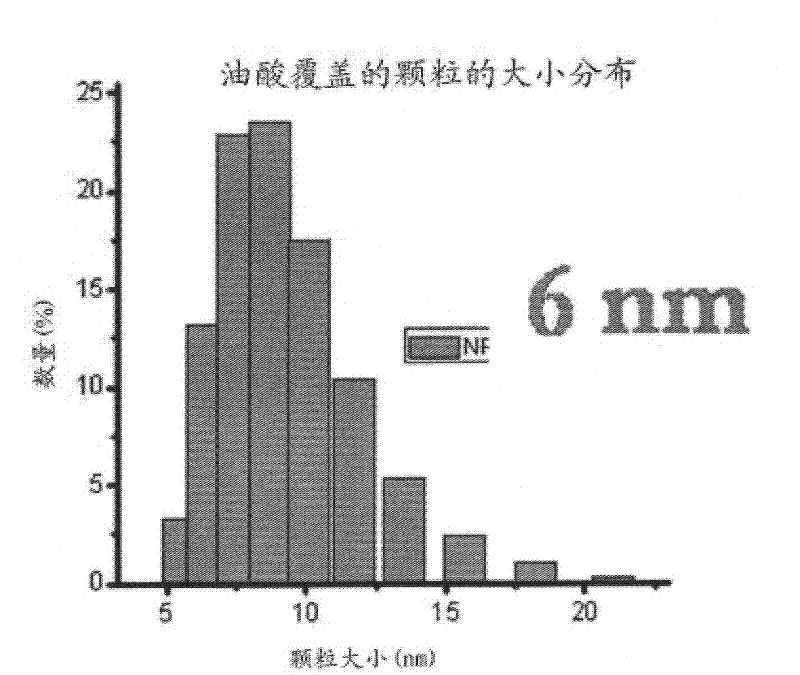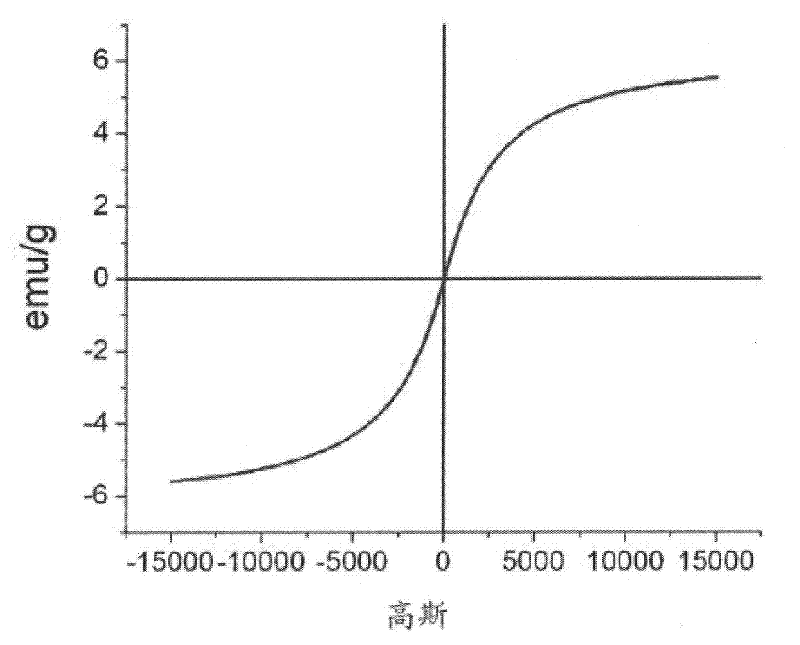Nanoparticle-mediated microwave treatment methods
A nanoparticle, microwave technology, applied in microwave therapy, microwave surgical instruments, X-ray/γ-ray/particle irradiation therapy, etc., can solve the problem of no investigation, no research on therapeutic applications, etc.
- Summary
- Abstract
- Description
- Claims
- Application Information
AI Technical Summary
Problems solved by technology
Method used
Image
Examples
example 2
[0237] 6.2 Example 2: Functionalization of Nanoparticles to Make Functional Nanoparticles
[0238] The carboxy-terminated functionalized nanoparticles obtained from phospholipid functionalization described above can be further modified by covalent attachment of J591 antibody. In both cases, EDC (1-ethyl-3-[3-dimethylaminopropyl]carbodiimide hydrochloride), and thio-NHS (N- Hydroxysulfosuccinimide) (Pierce Biotechnology, Rockford, IL USA) converted the carboxyl groups on the nanoparticles into primary amine-reactive NHS-esters.
[0239] J591 was then added to the NHS-ester-modified particles suspended in phosphate-buffered saline at 10-fold concentration relative to the nanoparticle concentration. The mixture is allowed to react for 2 hours, during which time the NHS-esters will react with primary amines on the protein to form stable amide bonds. Excess unbound protein was then coupled to nanoparticles by size exclusion chromatography using an FPLC system (Superdex 200 size e...
example 3
[0241] 6.3 Example 3: In Vitro Cell Culture Studies
[0242] In vitro studies on prostate epithelial cells can be performed in order to assess the targeting capabilities of the nanoparticle conjugates as well as nanoparticle directed polymer formation. For these experiments, functionalized nanoparticles were stained with the hydrophobic fluorescent dye acridine orange, which was loaded into hydrophobic regions of phospholipids that encapsulated the nanoparticles and allowed visualization of the nanoparticles by fluorescent confocal microscopy. Aggregates.
[0243] According to the manufacturer's protocol, in their respective media at 75 cm 2 Immortal benign prostatic hyperplasia endothelial cells expressing PSMA (BPH-1, German Collection of Microorganisms and Cell Cultures, Braunschweig, Germany) and prostate endothelial carcinoma cells not expressing PSMA (PC-3, American Type Culture Collection) were cultured in 'T-flasks'. , Rockville, MD, USA). These cells were then subc...
example 4
[0249] 6.4 Example 4: Synthesis of Nanoparticles
[0250] 6.4.1 Growth of nanoparticles
[0251] This example demonstrates the successful synthesis and functionalization of magnetic nanoparticles (MNPs).
[0252] Nanoparticles were synthesized according to the method of Jun et al. (2005, Nanoscale Size Effect of Magnetic Nanocrystals and Their Utilization for Cancer Diagnosis via Magnetic Resonance Imaging. JACS, 2005.127: p.5732-5733). In short, the 4-nm Fe 3 o 4 Nanoparticles and Fe(acac) 3 Mix under nitrogen in phenyl ether, 1,2-hexadecanediol, oleic acid, and oleylamine, then heat to 260° C. and reflux for 30 minutes. After cooling to room temperature, black magnetite crystals were isolated by addition of excess ethanol followed by centrifugation. This produces monodisperse MNPs with a coating of oleic acid ( Figure 1A -C).
[0253] 6.4.2 Nanoparticle coatings
[0254] The platform functionalization strategy used in this work followed the method of Benoit Dubertret...
PUM
| Property | Measurement | Unit |
|---|---|---|
| diameter | aaaaa | aaaaa |
| diameter | aaaaa | aaaaa |
| length | aaaaa | aaaaa |
Abstract
Description
Claims
Application Information
 Login to View More
Login to View More - R&D
- Intellectual Property
- Life Sciences
- Materials
- Tech Scout
- Unparalleled Data Quality
- Higher Quality Content
- 60% Fewer Hallucinations
Browse by: Latest US Patents, China's latest patents, Technical Efficacy Thesaurus, Application Domain, Technology Topic, Popular Technical Reports.
© 2025 PatSnap. All rights reserved.Legal|Privacy policy|Modern Slavery Act Transparency Statement|Sitemap|About US| Contact US: help@patsnap.com



